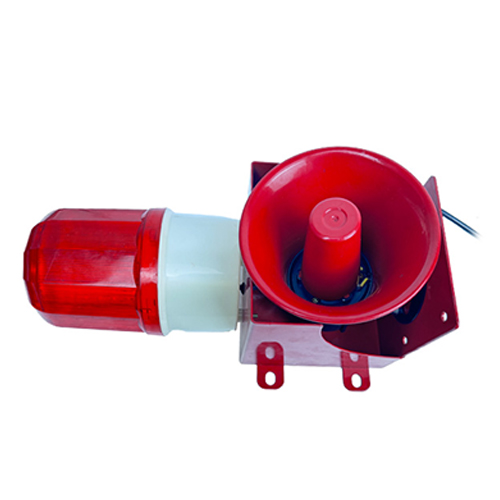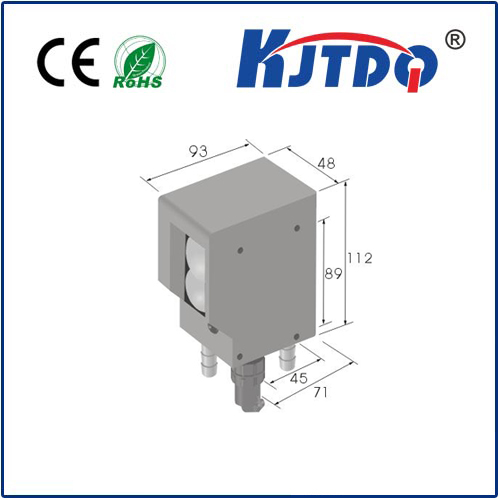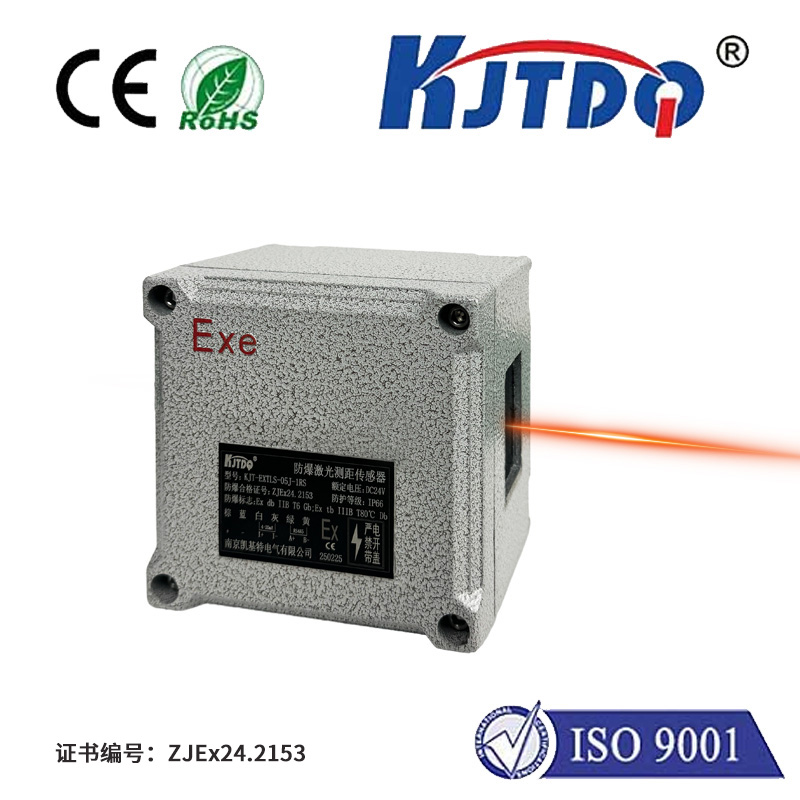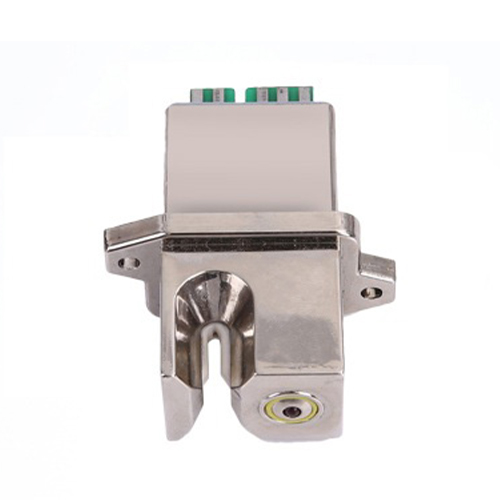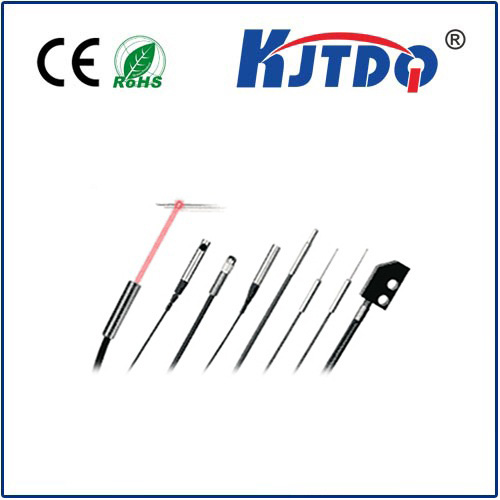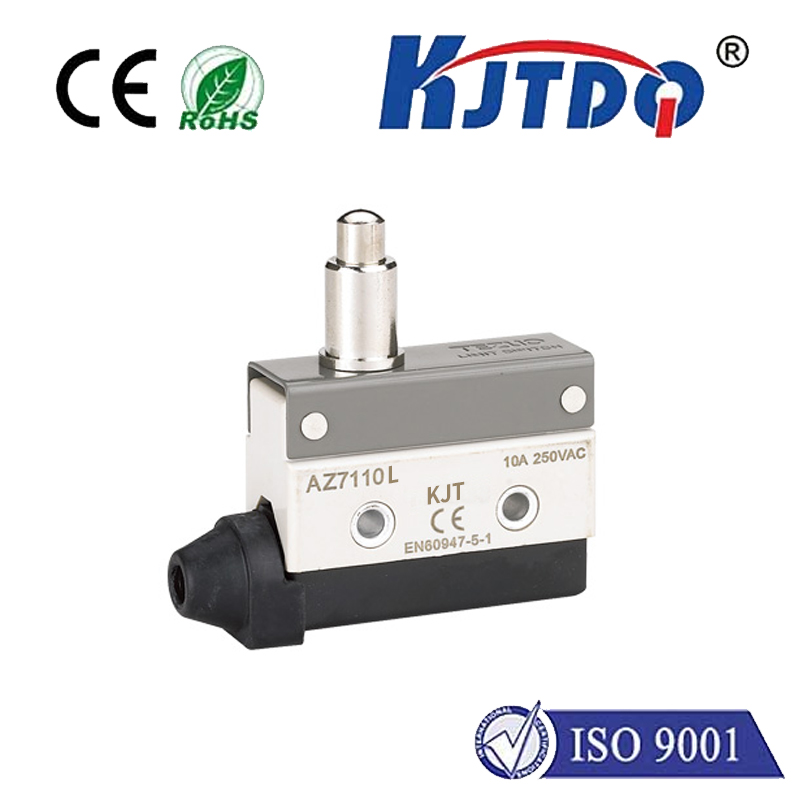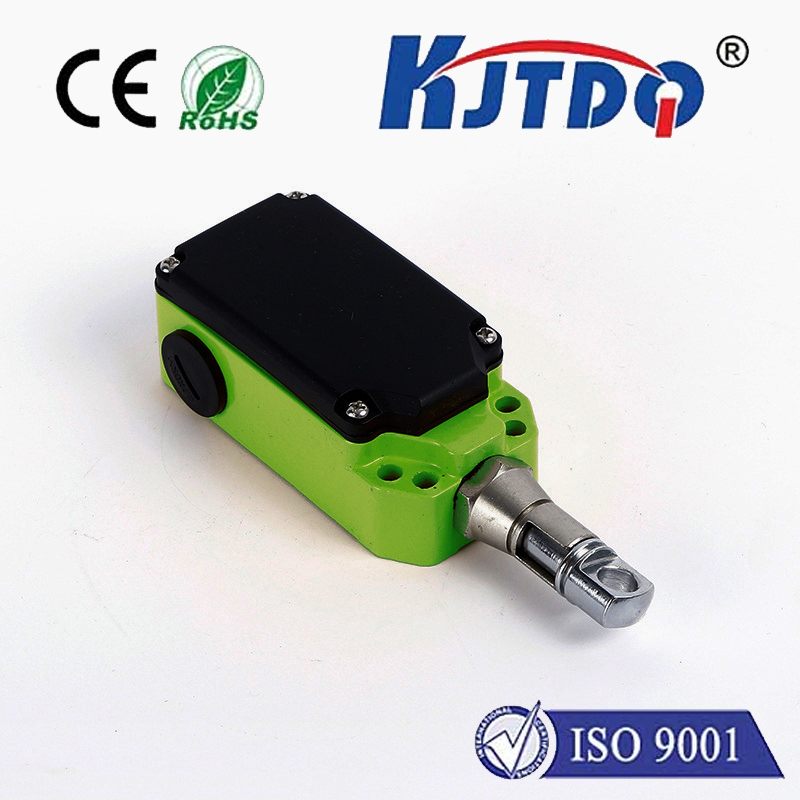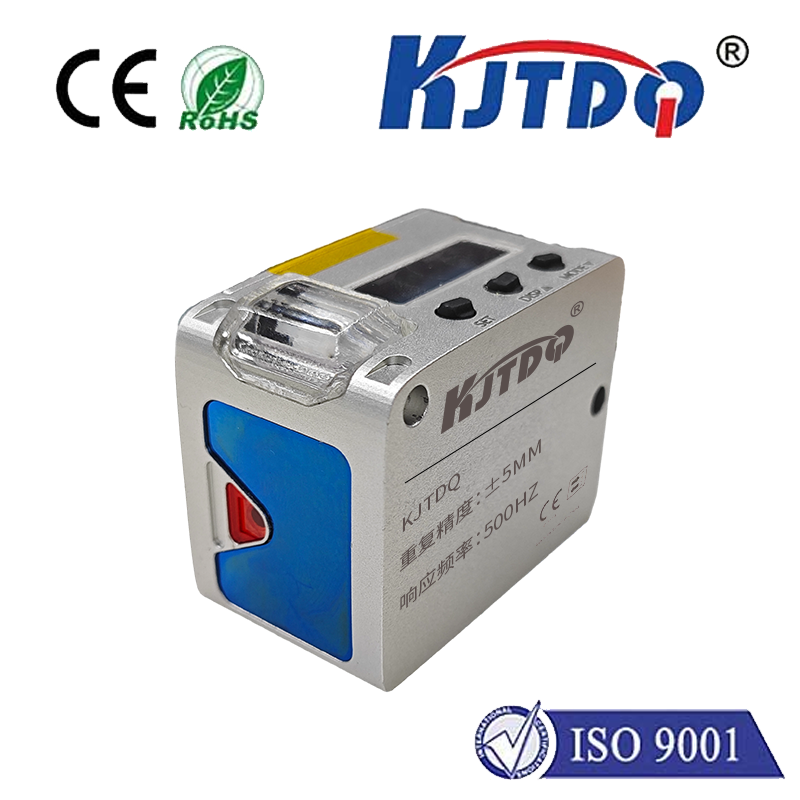Датчик отключения света
- time:2025-08-27 13:33:07
- Нажмите:0
The Unseen Guardians: How Break Beam Sensors Power Precision Detection
Break Beam Sensors: The Invisible Tripwires of Modern Automation and Security
Imagine an invisible barrier, a silent sentinel guarding a doorway, monitoring a critical path on a production line, or ensuring safety around dangerous machinery. This isn’t science fiction; it’s the fundamental principle behind the ubiquitous and incredibly reliable break beam sensor. These ingenious devices form the backbone of countless automated processes and security systems, operating tirelessly and precisely where the human eye cannot. Their concept is elegantly simple, yet their impact on efficiency, safety, and security is profound.
The Core Principle: Interrupting the Invisible Signal
At its heart, a break beam sensor operates on a straightforward principle: an optical transmitter emits a beam of light (usually infrared or visible light) towards a paired receiver. The receiver is constantly “listening” for this specific beam. When the beam is uninterrupted, the receiver sends a signal indicating an “unbroken” state – typically interpreted as “clear” or “no object”.
The magic happens when an object passes between the transmitter and receiver, physically interrupting the light beam. This interruption causes the receiver to lose the signal. The sensor’s electronics immediately detect this loss and change their output state, signaling that the beam has been “broken”. This event triggers a pre-programmed response: a door opens, a conveyor stops, a counter increments, or an alarm sounds. This inherent binary nature – beam present or beam absent – makes their operation highly reliable and unambiguous.

Why Choose a Break Beam? Key Advantages
Several inherent advantages make break beam sensors a preferred choice in many demanding applications:
- Long Detection Range: Compared to many proximity sensors, break beam sensors can achieve significantly longer detection ranges, often spanning meters. This is vital for monitoring wide entrances, large conveyor belts, or extensive perimeter fencing.
- High Precision and Consistency: They excel at detecting small objects that might pass through the beam. Because the detection relies solely on beam interruption, factors like target material, color, or surface finish (unless perfectly transparent) have minimal impact on performance. This ensures reliable detection across diverse objects.
- Fast Response Times: Detection occurs almost instantaneously upon beam interruption. This high speed is critical for applications involving rapid object counting (e.g., on high-speed bottling lines) or triggering safety stops on fast-moving machinery.
- Simplified Object Detection: As long as an object breaks the beam path, it will be detected. This avoids complexities associated with sensing specific materials or properties required by other sensor types.
- Versatility in Environments: While environmental factors like dust, steam, or light interference can pose challenges (especially for standard models), many break beam sensors are specifically designed with robust housings (IP67/IP68 ratings) and advanced optics or modulated infrared beams to mitigate these issues. Specialized models using lasers offer even greater precision and resistance to interference.
Variations: Tailoring the Beam
Break beam sensors come in several configurations to suit different needs:
- Through-Beam (Opposed-Mode): The classic and most reliable setup. Transmitter and receiver are separate units facing each other. This provides the longest range and highest accuracy.
- Retroreflective: A single housing contains both the transmitter and receiver. The emitted beam hits a special retroreflective target (like a prismatic reflector) and bounces back to the receiver within the same housing. Detection occurs when an object breaks this reflected beam. Offers easier alignment than through-beam but has shorter range and can be affected by the target’s condition.
- Forked or Slot Sensors: A U-shaped device where the transmitter and receiver are fixed within opposite arms of the fork. Objects pass through the slot, breaking the internal beam. Ideal for detecting objects at a specific point, like verifying component presence on a PCB assembly line.
Where the Beam Breaks: Diverse Applications
The applications for break beam sensors are vast and span numerous industries:
- Промышленная автоматизация: The backbone of production lines for object detection (presence/absence), counting (bottles, cans, packages), position verification, height control, and triggering processes. They ensure smooth operation and high throughput.
- Security and Access Control: Acting as invisible tripwires for perimeter security, monitoring restricted areas (like server rooms), triggering intruder alarms, and controlling automatic doors or gates. Their ability to create precise detection zones is crucial.
- Conveyor Systems: Preventing jams by detecting object pile-ups, signaling the end of a pallet/shift, or ensuring proper spacing between items.
- Packaging Machinery: Verifying label presence, case flap position, or correct product orientation before sealing.
- Safety Systems: Crucially integrated into safety light curtains guarding hazardous areas around presses, robots, or cutting machines. The rapid interruption of multiple beams triggers an immediate machine stop, preventing injury. This is a critical life-saving application.
- Traffic Management: Detecting vehicles at traffic lights, toll booths, or controlling barrier arms.
- Vending Machines: Sensing when a product is dispensed or jammed.
Selecting the Right Sensor: Key Considerations
Choosing the optimal break beam sensor hinges on several factors:
- Required Detection Range: Critical for spacing between transmitter and receiver.
- Object Size: Determines the minimal beam diameter needed to reliably detect the smallest target.
- Environmental Conditions: Will the sensor face dust, moisture, steam, vibration, intense ambient light, or extreme temperatures? Choose appropriate IP ratings and technology (e.g., modulated IR for ambient light rejection).
- Desired Output Signal: Digital (NPN/PNP), analog, relay? Match it to your controller.
- Mounting Constraints: Physical space available for installation?
- Response Time: How quickly must the sensor react to an interruption?
Modern Advancements: Enhancing Reliability
Manufacturers continuously refine break beam technology. Modern sensors often incorporate:
- Modulated Infrared Beams: Using coded pulses instead of continuous light, vastly improving immunity to ambient light interference.
- Precision Optics: Focused beams for detecting tiny objects over longer distances.
- Advanced Signal Processing: Filtering out transient interruptions or environmental noise for more stable operation.
- Integrated Alignment Aids: LED indicators or audible signals simplifying setup, especially for long-range through-beam sensors.
- Enhanced Connectivity: IO-Link capability for easier configuration, diagnostics, and data communication.
From the high-speed packaging line to the safety-conscious factory floor, from the secure perimeter fence to the automatic supermarket door, break beam sensors operate as the unseen, dependable guardians. Their ability to provide precise, reliable, and high-speed detection based on a simple principle makes them indispensable tools. Understanding their operation, key advantages, diverse applications, and selection criteria empowers engineers, technicians, and system designers to harness their power effectively, driving efficiency, enhancing security, and ensuring safety across countless domains. They truly are the quiet champions of detection technology.

